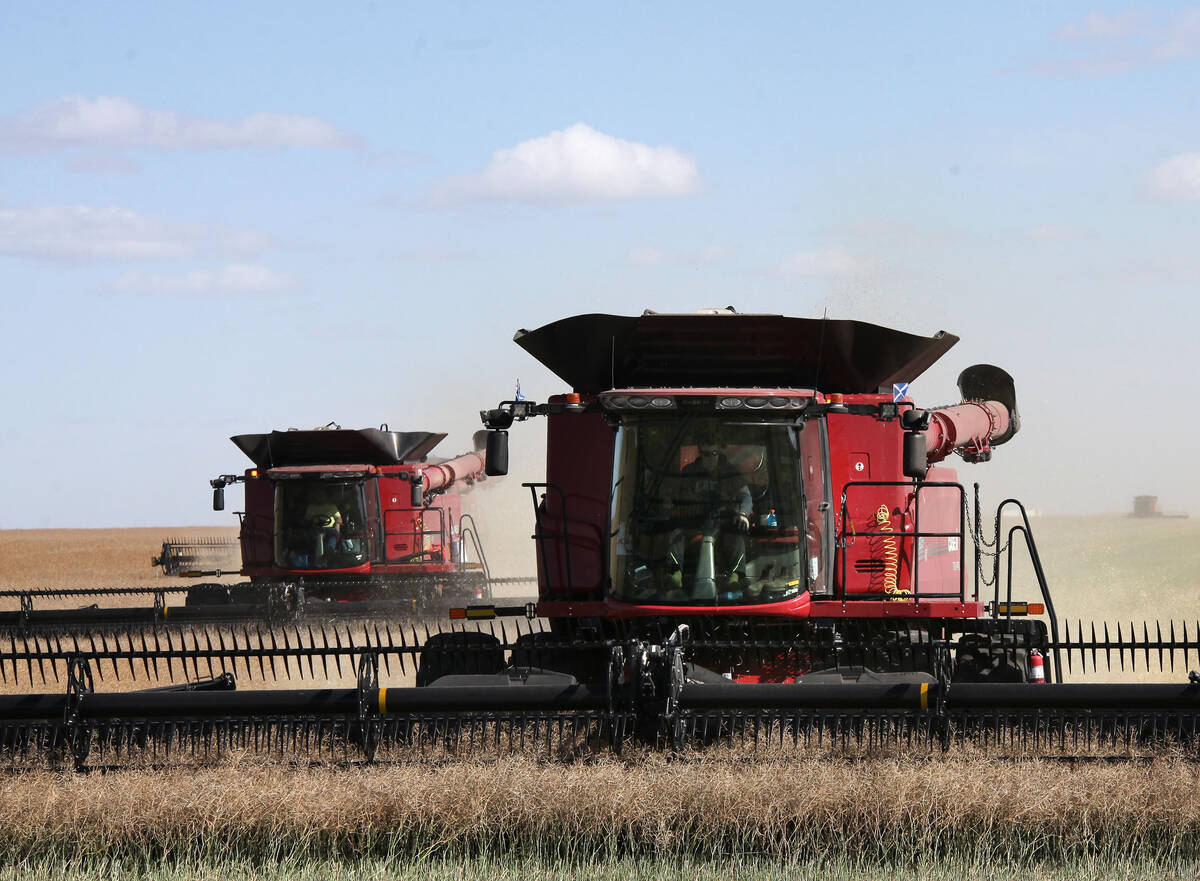MarketsFarm — As the snow melts on the Prairies, pulse growers are making their final preparations before seeding, while at the same time hoping not to see a repeat of last year’s historic drought.
In Saskatchewan, snow cover has varied in pulse-growing areas, making some growers nervous.
“There’s still a lot of concern about dryness and lack of moisture, particularly in the western and southern parts of the province,” said Carl Potts, executive director of Saskatchewan Pulse Growers.
Eastern and northeastern parts of the province, non-traditional pulse-growing areas, received plenty of snow, he said.
Read Also

Notable changes in exports to China, India
China and India figured prominently in the September export data issued by the Canadian Grain Commission on Nov. 7. For the most part, the CGC’s numbers highlighted issues with grain, oilseed and pulse exports from licensed facilities to those countries.
Lentils were seeded in 3.8 million acres of Saskatchewan farmland in 2021, according to Statistics Canada. Potts said it will take up the lion’s share of pulse acres in the province once again in 2022. However, rising fertilizer costs and higher-priced crops are pulling acreage estimates from opposite directions.
“We’re expecting pulse acres to be about similar to last year. (They) could be up a little bit, could be down a little bit,” he said. “We have strong prices for many crops, including canola and wheat and pulses, as well. We’re expecting with that, farmers will probably want to stick pretty close to their regular crop rotations.”
Potts said the pulse industry in Saskatchewan remains strong due to increased interest in plant-based proteins and greater demand from overseas markets. Pulse growers, though, have incurred fast-rising input costs in order to have a crop to sell.
Above all, pulse growers are hoping for much greater amounts of precipitation than last year.
“We will be watching closely the overall moisture and rain situation,” Potts said. “Soil moisture reserves have been depleted and we need to have timely rains in the spring as well as into the growing season in order to have an average yield. Hopefully, we can return to much more normal rainfall than last year.”
— Adam Peleshaty reports for MarketsFarm from Stonewall, Man.















